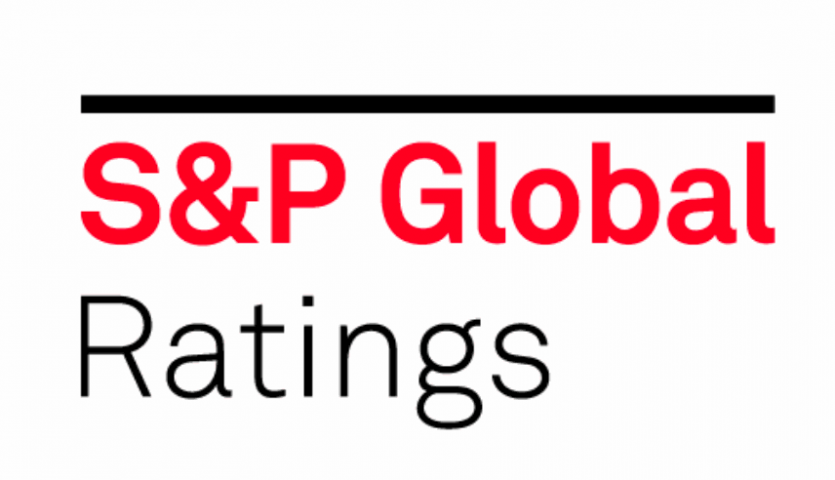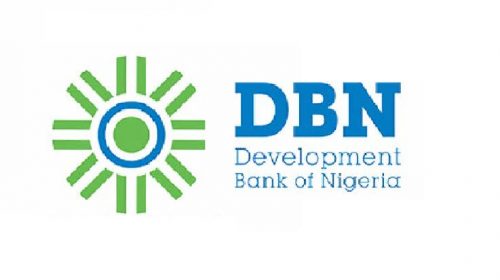Reinsurance outlook still negative, as it battles commoditization: S&P

The global reinsurance sectors underwriting results have been repeatedly weak in recent years, and 2021 is shaping up to be below-par as well, S&P explained.
This year, continued higher-frequency and -severity natural catastrophe losses, which S&P notes are being fuelled by rapid urbanization and climate change, are ongoing and developing threats to the reinsurance market.
Which means that 2021 is likely to be the fifth year in a row that the top 21 global reinsurers rated by S&P Global Ratings exhaust their annual natural catastrophe budgets.
However, despite the elevated levels of catastrophe losses, the sector’s capital remains robust, S&P believes, but capital is also a continued threat.
“The industry still faces secular challenges and competitive market dynamics, remaining fragmented as it battles the commoditization of its business,” explained S&P Global Ratings credit analyst Taoufik Gharib.
Adding, “Once a competitive advantage, capital now is viewed as a relatively cheap commodity because of the influx to the sector from nontraditional sources, sustained by dovish monetary policies.
“Reinsurers have also struggled to earn their cost of capital, and 2022 could follow the same trend. As a result, we maintain our negative outlook on the global reinsurance sector.”
S&P is anticipating that elevated loss activity in 2021 will drive additional reinsurance and retrocession hardening in 2022.
“We believe reinsurance pricing momentum will firmly support premium rate increases during 2022 renewals, given the sector’s recent underperformance, although the pace of rate increases may slow, in part due to ample capacity,” the rating agency said.
Adding that, “While capital is not in short supply, reinsurers overall have shown discipline in capacity deployment so far, leveraging their alternative capital vehicles to manage their peak natural catastrophe zone exposures.”
Given the earnings outlook for global reinsurers looks relatively poor for 2021 in a number of cases, while even those able to generate profits are calling for more rate in catastrophe exposed lines, it seems almost certain we’ll see another round of firming into 2022’s renewal seasons.
But, on the battle against commoditization of the reinsurance business, this is something we believe is still in its infancy.
We’re starting to see a far more sophisticated use of third-party capital by some reinsurance firms, which means we could see them using far more to enable them to write cat exposed business.
At the same time, in the insurance-linked securities (ILS) market a shake-up is ongoing and there is new capital set to come from less-typical sources, particularly with a focus on climate related perils and ESG allocations.
In addition, there is a move towards platforms for syndicating risk that has been developing and we expect will accelerate, as reinsurers get increasingly focused on finding more efficient ways to secure protection and access risk, alongside which capital requirements may get more onerous for climate exposure which could drive some changes to the way reinsurance is purchased and result in new product opportunities, some of which could be very relevant to the capital markets.
All of which is going to accelerate commoditization of the reinsurance business and in more areas than just capital, over the next decade it seems.
Finally, looking at Swiss Re’s results this morning, it’s clear that not everyone is suffering in the wake of this years catastrophe losses and that some companies are finding effective ways to secure rate, use third-party capital and adjust their risk appetite, enabling them to write catastrophe risk profitably.
That should be food-for-thought for the ILS market as well and it’s possible we may see some cat specialist ILS funds looking to how they can adjust their appetites further up the tower, perhaps while appealing to a different class of longer-term investors.
Alongside commoditization comes change and there’s a good chance we’re going to see quite a lot of it over the coming years, as a number of trends collide (cat losses, investor appetite, ESG, climate risk, product development, technology and efficient markets).
It’s also worth thinking about whether “battling” the commoditization of reinsurance is actually in the best interests of the protected and policyholders as well, given commoditizing risk transfer and reinsurance should ultimately lower capital costs and bring efficiencies, while removing fat (cost) out of the market chain.






Leave a Reply